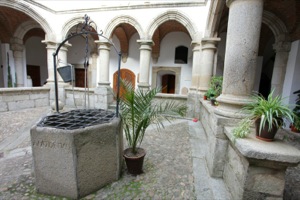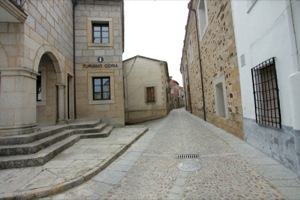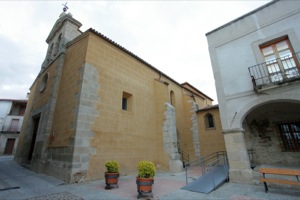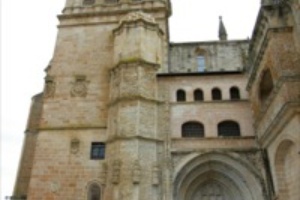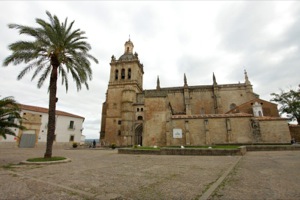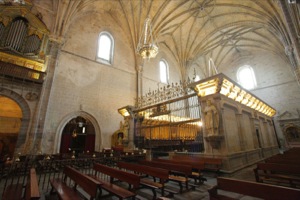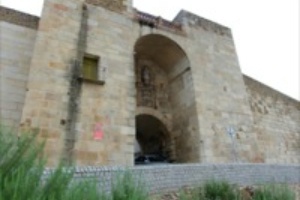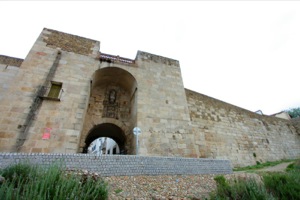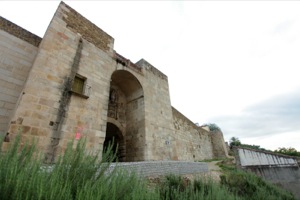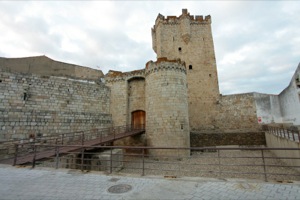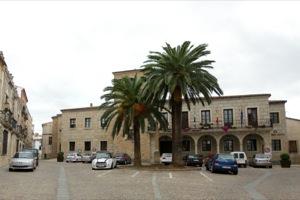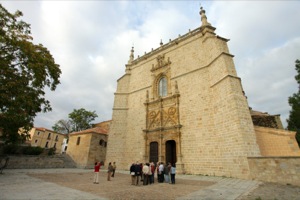Destinations
Coria, stately and Episcopal
A stroll around the town centre and a taste of the local dishes will suffice to conquer all visitors, not to mention the warmth and friendliness of the local inhabitants.
- Explore
- Coria
Its cultural heritage allied to its local produce-based gastronomy will delight even the most exacting visitor.
Location and Contact:
- Contact person: Coria Tourist Office.
- Tel.:927 50 80 00 - Ext. 290
- Fax: 927 50 80 01
- Email: oficinaturismo@coria.org
- Facebook: https://www.facebook.com/Ayuntamiento.de.Coria
- Twitter: https://twitter.com/Ayto_de_Coria
-
A stroll around the town centre and a taste of the local dishes will suffice to conquer all visitors, not to mention the warmth and friendliness of the local inhabitants.
There are documents that attest to the existence of a pre-Roman Coria, known as "Caura" until the 1st century BC when the Romans re-named it Caurium. It became an Episcopal seat in Visigothic times. The Moors ruled the town from 711 AD until Alfonso VII reconquered the town in 1142 and restored its Episcopal status. In the following centuries Coria stood out as a big contributor of manpower to the exploration of the Americas. It is also the place where the first book was printed in Extremadura in 1489. Coria was made a constitutional municipality in the 19th century. It was not until 1959 that the Episcopal seat was transferred to Cáceres, though Coria still maintains its diocesan status.
The best place to start on an exploration of the streets of Coria is by entering the wall by the San Pedro gate, which dates back to Roman times, as does the Guía gate. Nearby you have the Convent of the Madre Dios, with its Renaissance cloister and an interior that's well worth a visit. Also worth a look is the Baroque Church of Santiago ( 16th-17th century), which stands near Plaza de España. Continue on until reaching one of the most remarkable monuments in the town, the Cathedral of Santa María de la Asunción where you will no doubt take time out to admire its Plateresque façade and tower, as well as its two Churriguera designed doors. Inside, the 18th century main altarpiece, the choir and the main chapel's rails are particularly interesting. The Cathedral Museum is also well worth a look in. From here you can go and see Coria Castle (15th century) which was built over the town's wall. The stone bridge over a dry channel is also worth a visit. This construction gave rise the popular expression "bobo de coria" (buffoon of Coria), first applied to whoever it was that decided to build a bridge in the absence of a river. The fact is there really was a river, the Algón, which used to flow under the bridge until a heavy flood in 1590 diverted its course away from the bridge. It later occurred to someone to personify the illustrious "buffoon" in the person of the jester, Juan de Calabazas, a native of Coria, who was painted by Velazquez when offering his services to the court of Philip IV. The painting thus became known as "The Buffoon of Coria".
The aforementioned architectural heritage, the most noteworthy in the town, is further complemented by Baroque buildings such as the Episcopal Palace, the Ermita de Nuestra Señora de Argeme chapel, the Ducal Palace and the Cárcel Real Museum. The Sanjuanes fiesta (23-29 June) is another mark of the town's identity and an integral part of its cultural heritage. The most important festivity in the town, it has been declared a Fiesta of Tourist Interest in Extremadura. It is an ideal occasion on which to sample the traditions, hospitality and excellent cuisine that Coria has to offer. However, if it's a more relaxing atmosphere you're after, we would recommend you experience the Easter Week festivities in Coria, which are equally as important and no less special. -
Type:
- Locality
Theme:
- Destinations
Target audience:
- Families
- Young people
- Single people
- Senior citizens
- Children
- Couples
- Single people
Gallery:
More suggestions
-
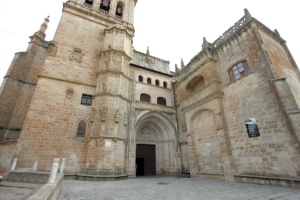
Cathedral Museum
A perfect place to learn about the history of Christianity and the city's culture in depth
-
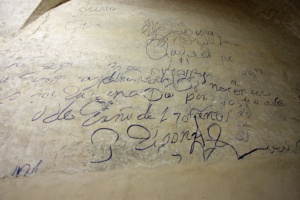
Royal Prison Museum
Just like in a bee-hive, the cells of this prison hold the essence of the main historic moments of the city of Coria
-
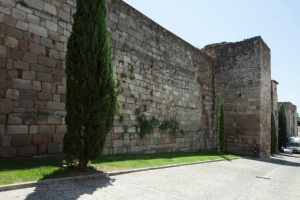
Walled enclosure of Coria
The town of Coria in the province of Cáceres is still protected by a solid Roman wall which has kept it safe from all kinds of attacks for centuries.
-
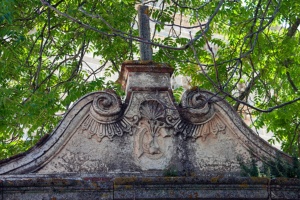
Palace of the Dukes de Alba
Originally the house was conceived as a defensive construction, but was later it became a stately home with beautiful gardens.
-
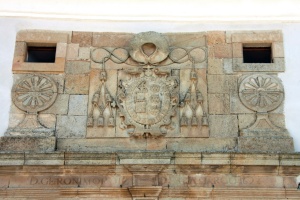
Coria Episcopal Palace
The Episcopal Palace of Coria is located close to the cathedral of this town in the province of Cáceres, and was built in the 17th century.
-

Convent of Madre de Dios
A beautiful building that was renovated in the 14th and 16th century is what remains of the convent erected by Franciscan nuns in the 13th century. It is famous for its Mudéjar paving and traditional sweets.
-
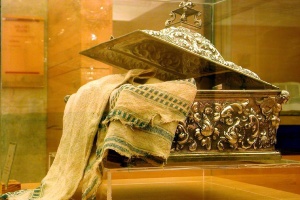
The Holy Shroud of Coria
This relic, considered one of the most important in Christianity, is on display in the Museum of the Cathedral of Coria. The tradition goes that the shroud was used by Jesus at the Last Supper with the twelve apostles.
-
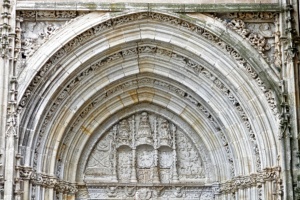
Coria Cathedral
This cathedral houses one of the most treasured relics from the time of Christ: the tablecloth from the Last Supper.
-
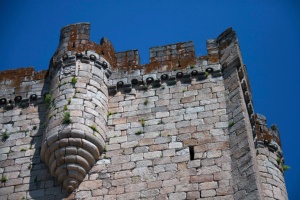
Coria Castle
Coria Castle, declared a site of cultural interest, is located in the Cáceres city of the same name and you can make out part of the Alagón River plains from its high tower.
-
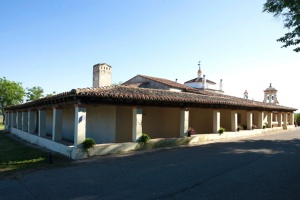
Hermitage of the Virgin of Argeme
The beautiful hermitage of the Virgin of Argeme celebrating the patron saint of Coria is a Baroque style building which the visitor will find both unique and beautiful.

